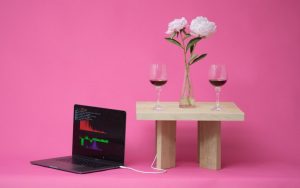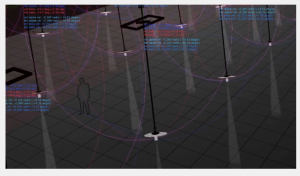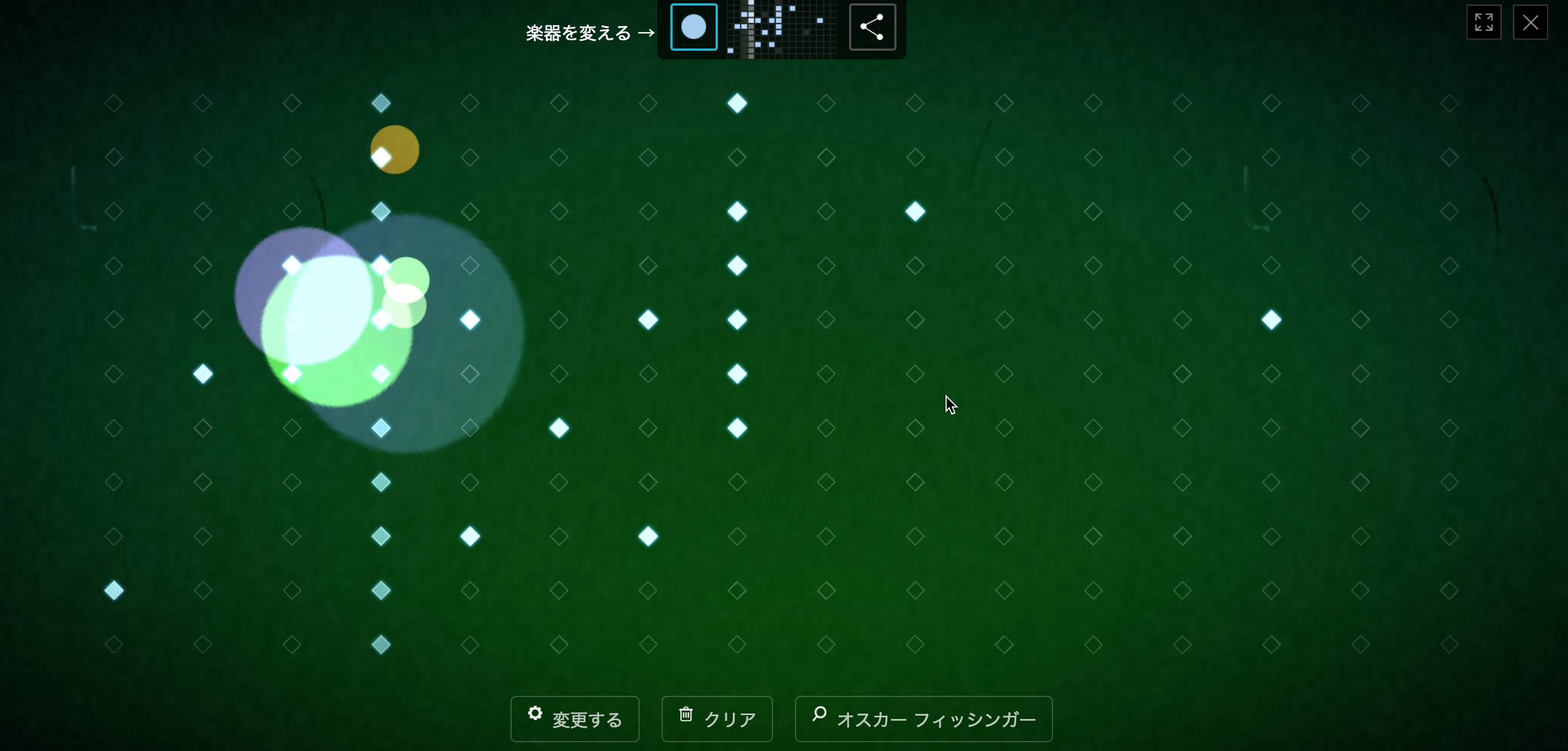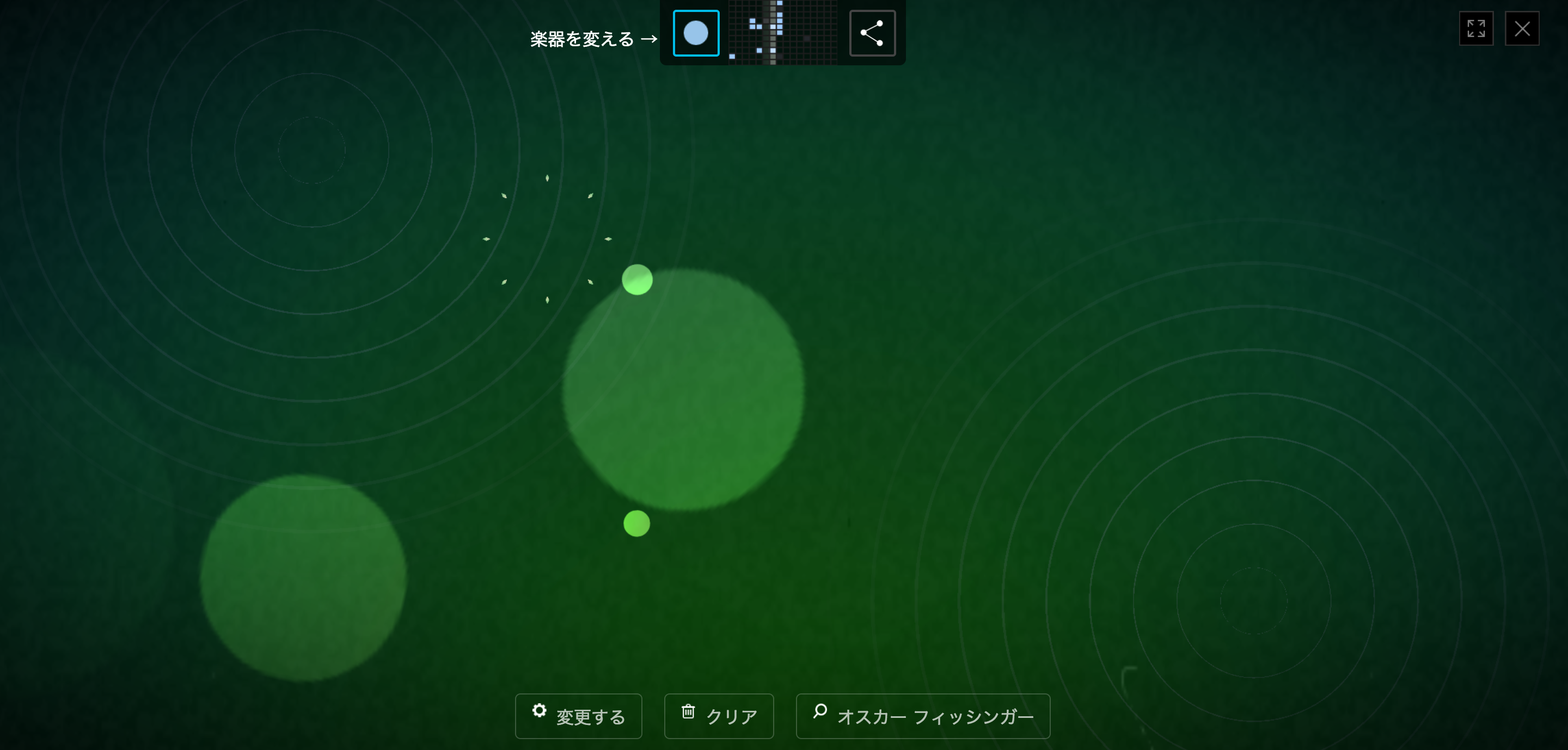Created by Amanda Ghassaei, the Sugarcube is a portable MIDI controller with the capability to connect with up to 16 apps. It implements both buttons and “shake and tilt” features, allowing the user to manipulate sounds by tilting the Sugarcube one way or another. The creator used code from Arduino so that the device does all of its app processing internally, rather than with another computer. The device is also able to store sounds to correspond with different buttons. The creator, who is a grad student working at MIT Media Labs, used their knowledge of interactivity and media to create a device that is both user-friendly and fun.
I admire the simple and clear aesthetic of the Sugarcube, because it is easy to use without sacrificing beauty. The back-lit buttons create a really beautiful visual while also producing sounds and patterns, so you can visually see the music you’re making. It looks so simple, yet all of the code that went into it is fairly complicated and long.
![[OLD FALL 2017] 15-104 • Introduction to Computing for Creative Practice](https://courses.ideate.cmu.edu/15-104/f2017/wp-content/uploads/2020/08/stop-banner.png)






